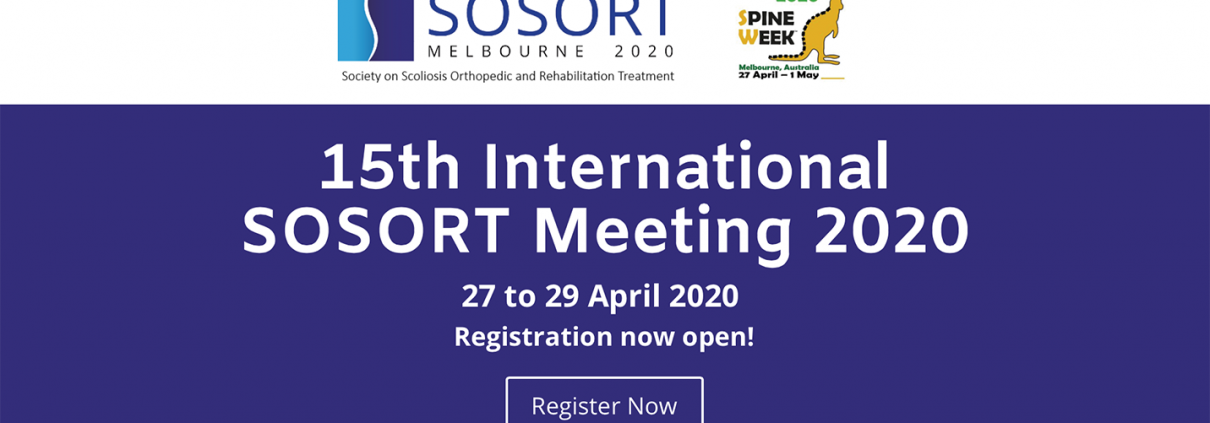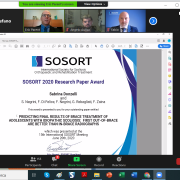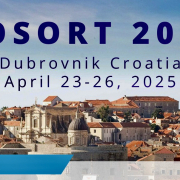SOSORT 2020: all Isico’s abstracts “pass the test”
Isico will once again be in the front line at the International SOSORT meeting, this year being held from 27th to 29th April in Melbourne, Australia, during Spine Week (27th April to 1st May, 2020).
“All the abstracts we presented have been accepted” reports Dr Sabrina Donzelli, Isico physiatrist and author of the research paper that is in the running for the SOSORT Award. “This is an extremely gratifying result, considering the number of abstracts submitted, and it underlines the fact that we remain firmly committed to research. We are also delighted and honoured to feature, once again in the list of the “top ten” studies presented”.
In short, Isico has, once again, received full marks from the global spine rehabilitation community. Let us not forget that last year the Isico study entitled Effect of sport activity added to full-time bracing in 785 Risser 0-2 adolescents with high degree idiopathic scoliosis, which also featured among the top ten “nominations”, went on to win the SOSORT Award.
Here, then, are the studies that our specialists will be presenting this year in Melbourne: Is swimming helpful or harmful in adolescents with idiopathic scoliosis (Dr Alessandra Negrini, physiotherapist); The effect of dance performance on idiopathic scoliosis progression in adolescents (Dr Michele Romano, physiotherapist), ISYQOL, a Rasch-consistent tool for quality of life evaluation in scoliosis patients during adulthood: comparison with the gold standard (Dr Fabio Zaina, physiatrist).
Finally, Dr Sabrina Donzelli will be giving two lectures. The first one, which is entitled Is clinical measurement of the hump helpful for X-ray prescription and a good predictor of the curve? Results from ageometrical study from a large prospective cohort, was also given at the last SRS meeting, while the second is the one that has been shortlisted for the SOSORT Award: Final results of brace treatment of adolescents with idiopathic scoliosis prediction: 30 days out-of-brace is better than in-brace X-ray.











Leave a Reply
Want to join the discussion?Feel free to contribute!